The courtyards of The Hague’s Binnenhof are often crowded. Tourists are touring, activists may be protesting or supporting one cause or another, and journalists are chasing politicians for interviews. But in general the atmosphere is friendly, with at most some verbal abuse.
Yet blood has flowed on our own Binnenhof: nearly 400 years ago, on May 13, 1619, Johan van Oldenbarnevelt was beheaded.
Johan van Oldenbarnevelt
Johan van Oldenbarnevelt was born in 1547 Amersfoort, in a family that belonged to the well-to-do citizenry. But in his time if you wanted to become a man of influence you had to be a member of the nobility. Johan took various measures to achieve that. When he was enrolled at the university he simply said that he was a member of a noble family.
He later married Maria van Utrecht, an heiress of 5 baronies, and bought a castle. In the end he was allowed to join the class of knights and he could call himself a knight.
In 1564 he started working at a law firm in The Hague and in 1566 he began his studies at the University of Leuven. Two years later he continued his studies in Heidelberg.
The Dutch Revolt
In the meantime the Dutch had revolted against the reign of Philip II Lord of the Netherlands as well as the king of Spain. The objections against Philip: he imposed a centralist, autocratic regime and he believed that Protestants (of which there were many in the Netherlands) were heretics and therefore to be persecuted. In 1572, Johan made a clear choice for the Revolt by moving to Delft, the town where William of Orange, one of the leaders of the Dutch Revolt lived.
In 1576 Johan was appointed as city attorney for Rotterdam. A city attorney was not only a legal adviser, he also acted as spokesperson and negotiator on behalf of the city in the meetings of the States of Holland — clearly a position in which one could stand out.
A move upwards
In 1584 Willem van Oranje was murdered in Delft. Although Willem’s son, Maurits, was only 16, Van Oldenbarnevelt called for him to be appointed stadholder. That happened two years later. In the same year, Van Oldenbarnevelt was appointed as a state lawyer, the same position as he had held in Rotterdam, but now with the States of Holland.
He moved to The Hague, where in 1610 he had a house built on the Kneuterdijk. Because Maurits was mainly interested in military affairs, Van Oldenbarnevelt could turn to politics and promote trade. He played a major role in the founding of the Dutch East India Company .
Golden couple
Maurits and Van Oldenbarnevelt complemented each other and were an exceptionally effective team for a while. One an excellent military commander, the other a clever political strategist. Maurits a thoughtful man who carefully executed every step, Van Oldenbarnevelt who assumed that one would achieve nothing without taking risks. Their cooperation yielded results: big victories over the Spaniards.
Cracks
Not everyone remembers much from their the history lessons, but most Dutch people know one year, 1600, as ‘the Battle of Nieuwpoort’. As glorious as that battle was, it was the beginning of the end of the good relationship between the two men. The Dutch trade had been suffering from the so-called Dunkirk privateers and Van Oldenbarnevelt wanted the army to go there to smoke them out. Maurits didn’t approve of the plan. Dunkirk was too far away and the action would not yield anything that would help defeat the Spaniards. But he went anyway. On the way back a Spanish army was waiting for him and they were engaged in battle on the beach at Nieuwpoort. Maurits and his troops managed to defeat the Spaniards, but he was furious.
Twelve Years' Truce
Maurits thought that the military action should continue. He was convinced that a truce would only give the Spaniards the opportunity to build up their military strength. Nevertheless, Van Oldenbarnevelt prevailed, resulting in the Twelve Years’ Truce from 1609 to 1621.
Alliances against a common enemy often splinter once that enemy has fallen away. Dutch Protestants, formerly united against the Catholicism of Spain, became divided over theological differences. Van Oldenbarnevelt sided with the ‘remonstrants’ (those in favour of a liberal form of protestantism), while Maurits openly chose the side of the staunch Calvinist ‘counter- remonstrants’ who had illegally occupied the Kloosterkerk. On one Sunday morning he walked from the Binnenhof to the Kloosterkerk, passing the house of Van Oldenbarnevelt on the Kneuterdijk!
The struggle ends
Maurits got more and more supporters and on August 29, 1618, he arrested Van Oldenbarnevelt on charges of high treason. On 12 May 1619 Van Oldenbarnevelt was sentenced to death and decapitated the next day at the Binnenhof.
He was then 71 years old, and needed a stick to climb the stairs to the scaffold.
As you can see on the engraving: Maurits lived in the tower on the corner of the Binnenhof. He was at home that day, but the rumour that he watched the execution from his window is probably not true.
Rehabilitation
There were always people and parties who felt that Van Oldenbarnevelt had been wronged. But until the 19th century, supporters of Maurits and the House of Orange continued to criticise him. Eventually, toward the end of the 19th century, streets in The Netherlands were named after him – some near the Prins Mauritslaan. This is also the case in The Hague as you can notice in the Statenkwartier area.
On 14 October 1954, Queen Juliana unveiled the statue of Johan Van Oldenbarnevelt on the Lange Vijverberg. Because Maurits had no children, Juliana was not his direct descendant, being instead a second cousin several times removed. But all ended well between the Van Oldenbarnevelt and Oranje-Nassau families.
Do you want to learn more about important events that took place in The Hague? Bring family, friends or colleagues on a guided tour.
* Collection Rijksmuseum
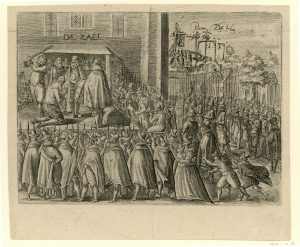
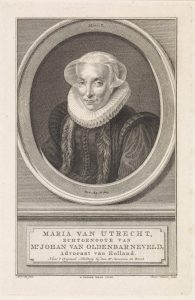
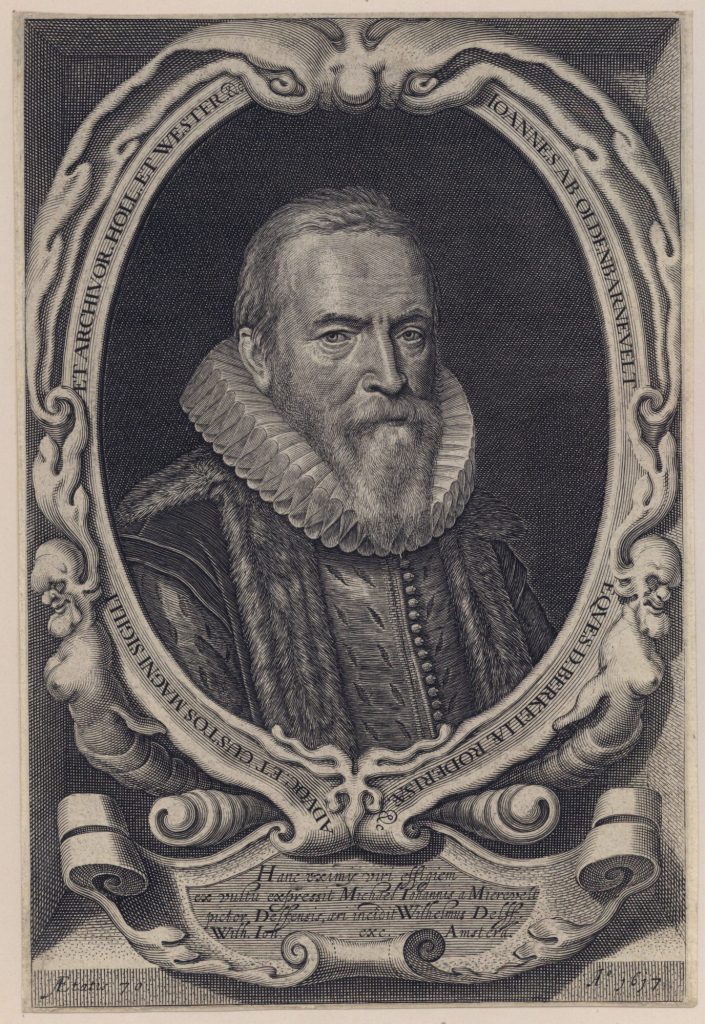


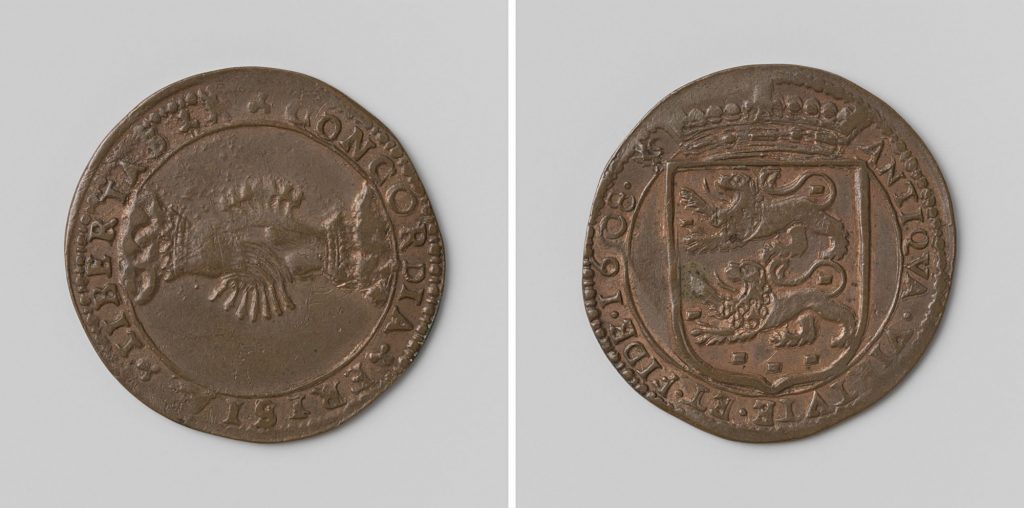
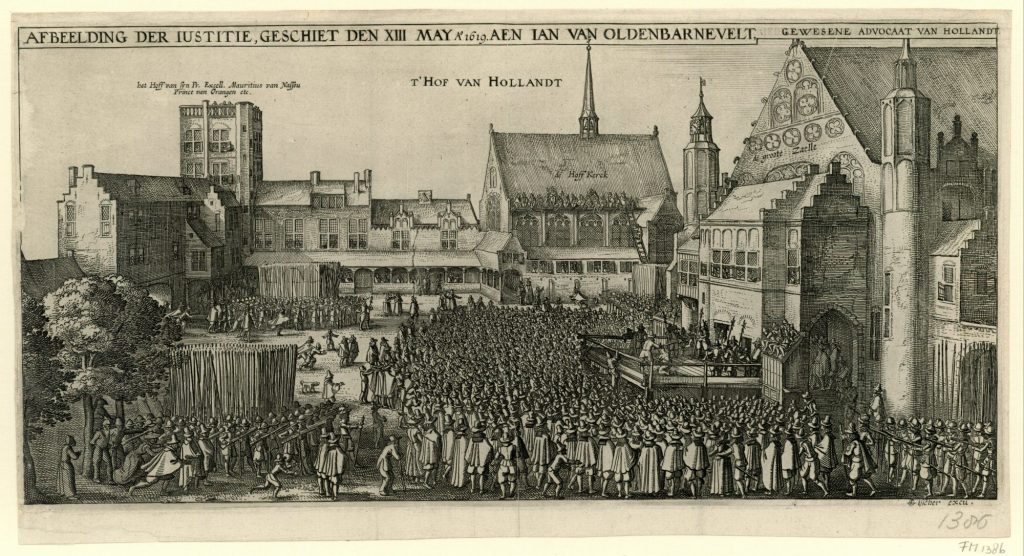





2 thoughts on “Johan van Oldenbarnevelt”
Thank you for this history lesson. I hope very much to travel to your beautiful country so I might observe all there is to see and learn more about the rich culture of Netherlands. Old and new!!!
I hope to see you soon!